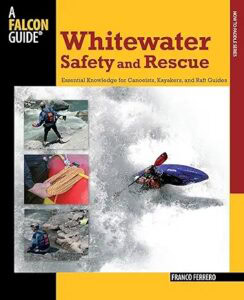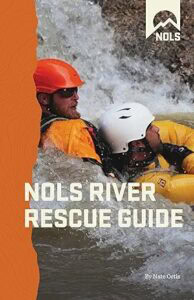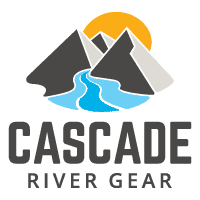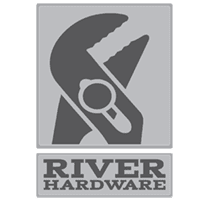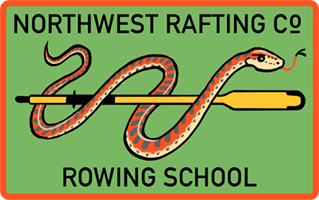Setting Up a 3:1 Mechanical Advantage System for Raft Recovery
The 3:1 mechanical advantage system, commonly known as the Z-drag or Z-rig, is a straightforward method that increases the pulling force on a rope attached to a raft. This system increases mechanical advantage (MA) and allows for progress capture using a rope, 2-3 pulleys, 2 prusiks, and 3 carabiners.

Using a 3:1 MA system to pull on a pinned sweep boat
When to Use the Z-Drag
The Z-Rig is generally not the first technique you'll use to pull a pinned raft off of a rock. Here are some simpler techniques I would first attempt before using a 3:1 MA system.
- Push and pull on the raft without ropes
- Strategically let some air out of the tubes
- Attempt a direct pull using ropes at a variety of pulling angles
- Consider a vector pull
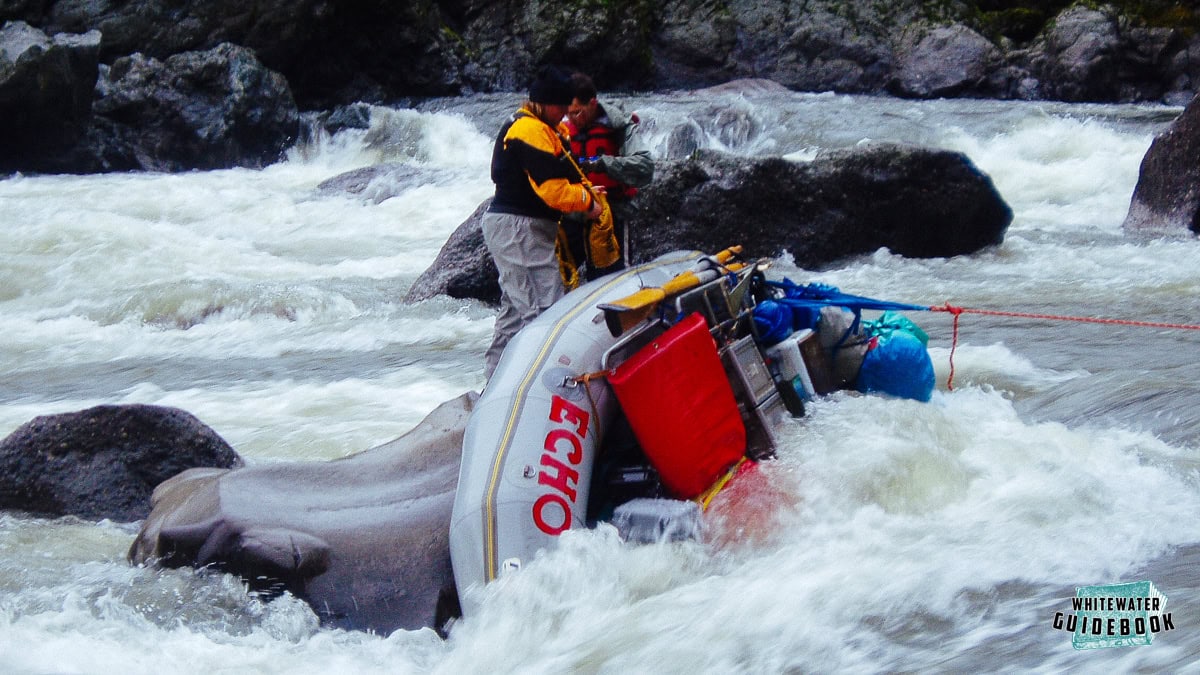
Using a Z-Rig to pull on a wrapped raft in Blossom Bar Rapid
The 3:1 system is most appropriate in scenarios where you've been pulling on a raft and seen some movement and need just a little bit more tension on the rope to pull it off. If you're pulling on the rope with a direct pull and the boat isn't budging consider pulling from a variety angles and raft attachment points before attaching a mechanical advantage system.
A 3:1 MA system is generally used for:
- Pinned Boats or Rafts: This is a primary application. If a kayak, canoe, or raft wraps around a rock in a rapid you may need more force than a direct pull on the rope. The 3:1 system provides three times the pulling power, minus friction losses, to assist in unpinning without additional risks.
- Gear Recovery: For retrieving items like paddles or bags lodged in strainers, use this setup if the object is too heavy or positioned awkwardly for a simple pull.
- Pinned Swimmer Rescues: If a person is pinned a sieve or on a tree a 3:1 MA system can be used to tighten a line across the river to access them. It can also be used if additional force is needed to pull a person out of a dangerous situation.
Minimum Gear Required
The following minimum equipment is ideally stored in a dry bag:
- Static rope (100-200 feet, ideally 10-11mm diameter)
- 2-3 pulleys (the 3rd pulley can be used to add a redirect)
- 2 prusik loops
- 3-4 locking carabiners
- Flip lines and/or webbing slings for attachment to trees or rocks as well as the raft
Higher quality pulleys will reduce the friction in the system and provide a higher mechanical advantage. Higher quality prusik loops will attach to a wider range of rope types and diameters. A high quality static line will be easier to pull due to the larger diameter and have less stretch which helps maximize the force applied to the boat.
Mitigate for the Hazards of the Raft D-Rings Breaking
When you pull on your 3:1 mechanical advantage system you will likely generate large forces that can cause the d-rings to break causing a lot of metal hardware to fire back at the people pulling. These metal parts moving at high speeds can be incredibly dangerous for the people pulling on the ropes.
There are 3 things we can do to mitigate for this dangerous possibility:
- Use a 3 point self equalizing anchor to attach the rope to the raft. If you use a 2 point self equalizing anchor the sudden release of energy of one d-ring breaking can cause a whiplash effect that can cause the second d-ring to break which may lead to all of the metal hardware firing back at people pulling on the rope. This is less likely to happen with a 3 point self equalizing anchor.
- Use a dampener like a PFD or a small dry bag with rocks in it draped over the haul line. The heavier this dampener is the better it will work. A PFD will help but may not be enough if the forces are high.
- Use a redirect with another pulley attached to land anchor so that the people pulling are away from where the d-rings will fire back. Ideally this is separately attached to the tree or rock with another webbing sling or flip line.
It is highly recommended that you apply at least 2 of the above methods to your 3:1 system due the inherent dangers of pulling on a z-rig attached to raft d-rings.
Pro Tip: You may also consider attaching to the raft by putting a sling or flip line around the raft tube. This is a strong method but can also tear up your floor lacing and floor holes.
Step-by-Step: Rigging the 3:1 Z-Drag
The system derives its name from the zigzag rope configuration that creates the 3:1 advantage.
- Establish a Secure Shore Anchor: Select a stable tree or large rock on the shore. If you're using tree, think of "five and alive" meaning that it should be at least 5" in diameter and alive. Attache a simple loop of webbing around the land anchor or use a basket hitch. There are more anchor techniques but a simple loop of webbing around and anchor should be fine if it is 1" tubular webbing.
- Establish a Secure Boat Anchor: Ideally this is a 3 point self equalizing anchor attached to 3 d-rings or 2 d-rings and the frame. Your ability to set this up depends on the placement of d-rings on the raft, having enough webbing (usually 30'), and having someone on the raft with the ability and knowledge to tie this anchor.
- Get the Rope to the Raft: Generally you'll throw a throw bag to the raft and use that rope to pull your haul line (static rope) to the raft. If you're pulling on an empty raft using lower forces, the distance from the land anchor to the boat anchor is short, and have a high quality throw bag rope you might use your throw bag as the haul line. Attach a locking carabiner to the boat anchor and and secure one end of the haul line to this carabiner using a figure-8 knot.
- Run the Rope Through a Pulley Attached to the Land Anchor: You'll then run your rope through a pulley that is attached to your land anchor with a carabiner.
- Attach the Traveling Prusik: On the main rope between the anchor and load attach a Prusik loop around the rope with a prusik hitch and clip a pulley into the loop with a carabiner. This traveling pulley can be moved further away if it gets too close to the land anchor.
- Incorporate a Brake Prusik (Optional): Adding a break prussik between the land anchor and main haul line to help capture progress.
- Add a Redirect (Optional): Use another pulley attached to your land anchor with another sling to change the direction of pull so that the people pulling are not in the line of fire if the d-ring(s) break (see Mitigate for the Hazards of D-Rings Breaking above)
Now it's time to pull on your 3:1 mechanical advantage system. To get the most efficient results you want to have the direction of pull be inline with the haul line.
If you installed a brake prusik you may need someone to "mind" (move it up and down the haul line) it but be aware that they are in a somewhat dangerous position. They are in the line of fire of d-rings breaking and their fingers could get caught in the prusik and/or pulleys.
Conclusion: Continued Training and Practice
Remember that you want to try other simpler techniques before going straight to the z-drag. This can be a dangerous system if d-rings fail and the metal hardware fires back at the people pulling. You can reduce the risk of injury by using a 3 point anchor on the raft, adding a dampener, and/or pulling with a redirect.
Although this is a somewhat complicated system with some inherent risk, the Z-drag has proven to be a reliable technique that most people in the whitewater community know how to do. When doing team rescues it's helpful to use techniques like the 3:1 Z-rig that most people are familiar with.

Getting practice setting up a 3:1 mechanical advantage system
Setting up a 3:1 Z-rig is not something that you will likely remember how to do after reading this article. As with most whitewater rescue techniques you should consider taking a whitewater rescue course and follow your training up with regular practice.
